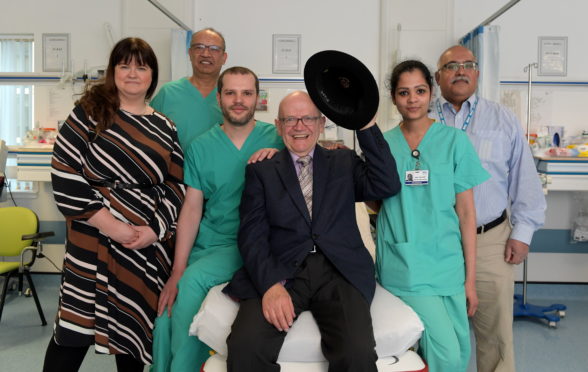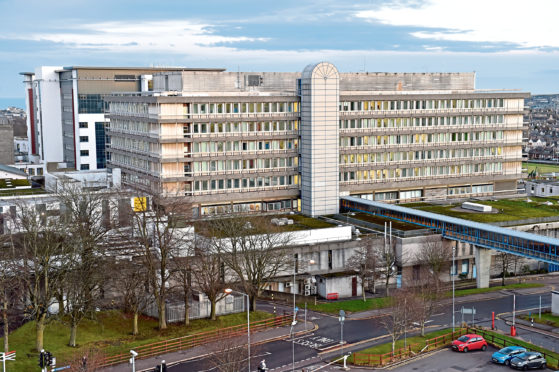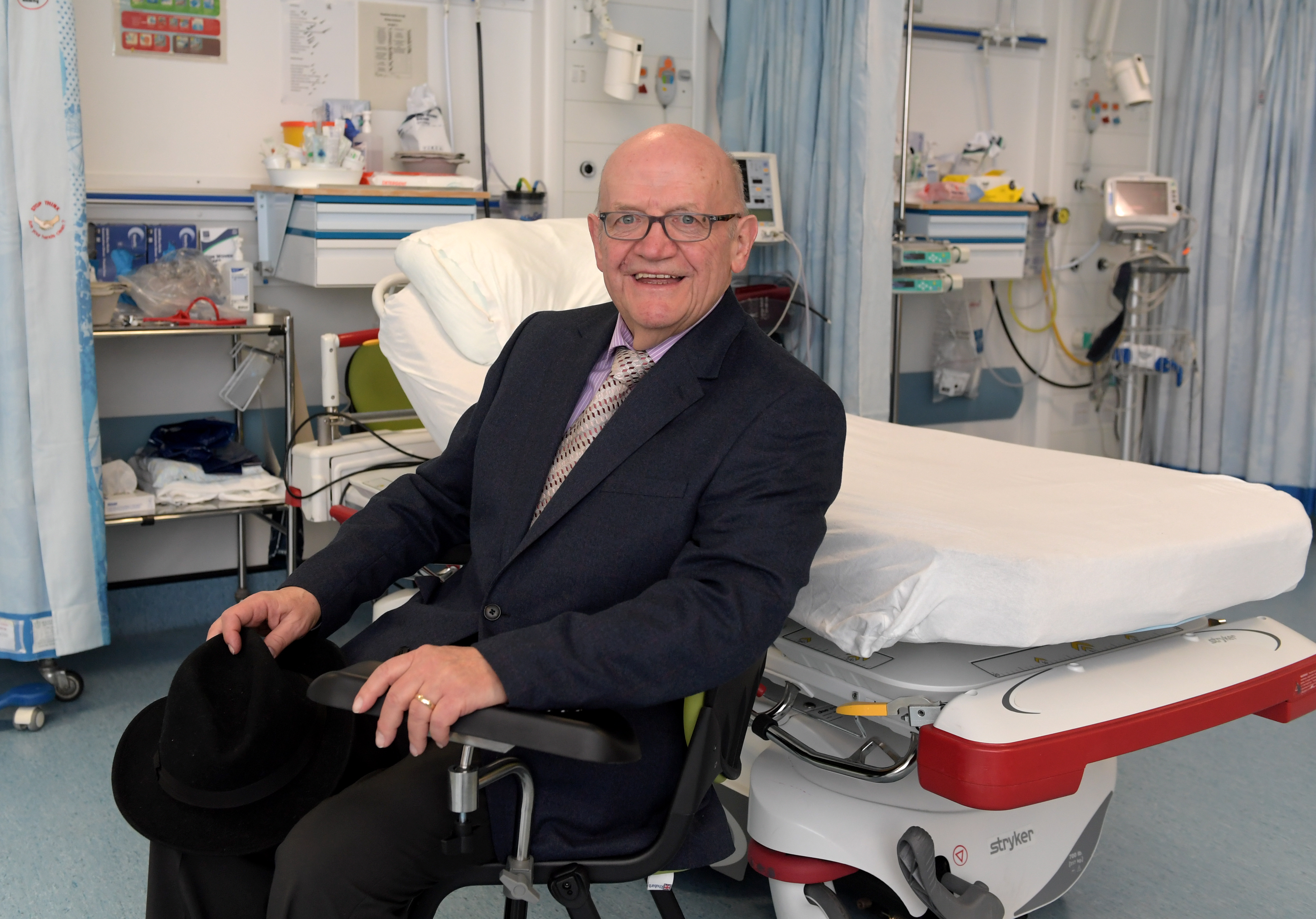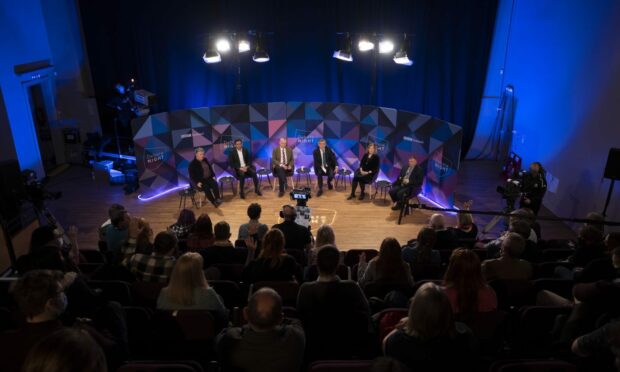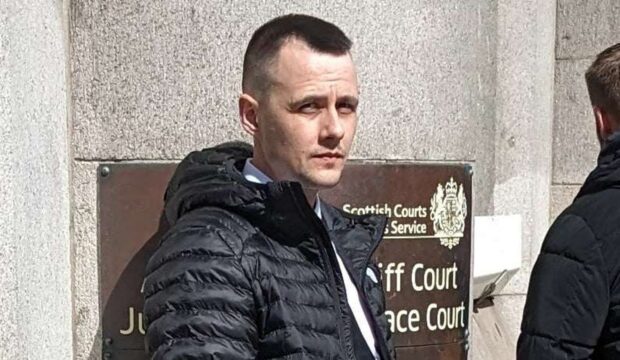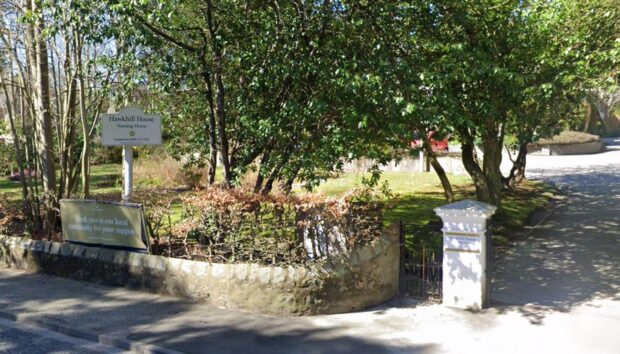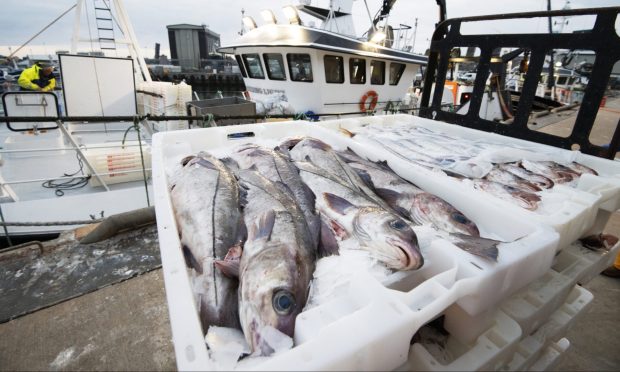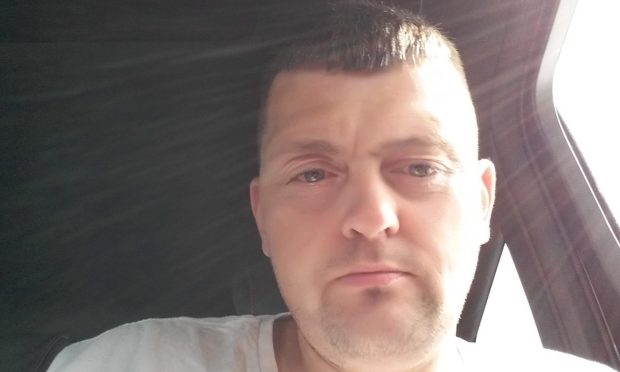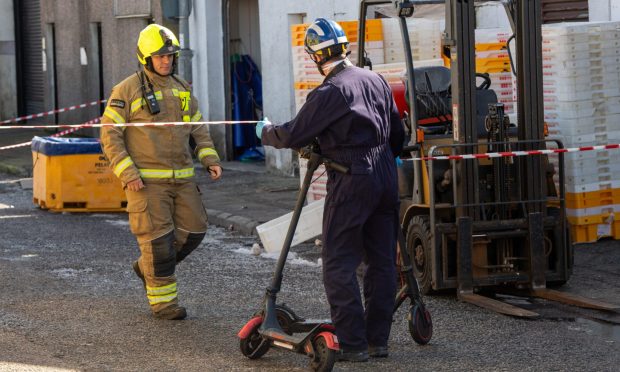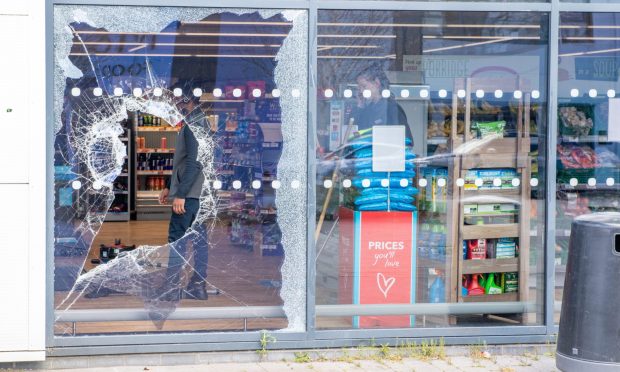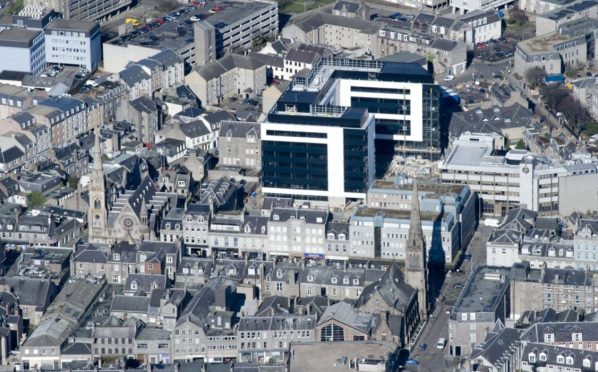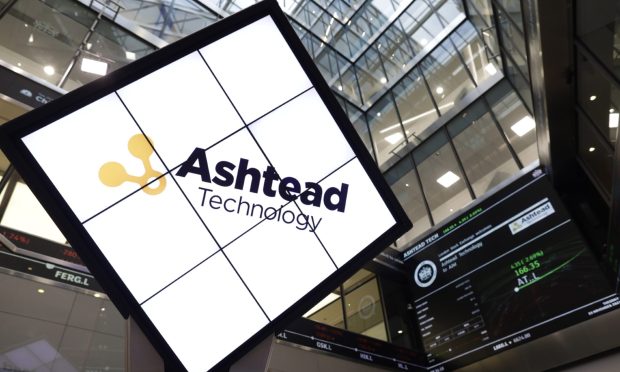An Aberdeen pensioner is a “new man” after becoming the first to receive a pioneering heart treatment at ARI.
Former Press and Journal journalist Peter Mitchell was offered a non-invasive heart valve replacement and, at the spritely age of 76, says he is now “looking forward to reaching 100”.
Following its success, the procedure will now be offered to patients throughout the NHS Grampian area.
And in time it could be rolled-out throughout the north of Scotland, offering an alternative to lengthy journeys to Edinburgh.
Speaking about the procedure, which he received in November, Mr Mitchell said it had made a “colossal difference” to his life, adding: “I’m a new man.
“I had severe aortic stenosis and was having terrible trouble with leg blisters, swollen legs and feet, making it incredibly difficult to climb stairs.
“Even walking was difficult and I had to use a stick.
“The opportunity came out of the blue to have the procedure and it now feels like a huge privilege.
“The whole thing only took around two hours and I was back on my feet within days.
“I had a bypass 26 years ago after suffering a heart attack while on holiday in Spain – and it took me months and months to recover from that.
“Whereas then I needed 32 stitches – now the valve replacement was carried out by key-hole surgery.
Keep up to date with the latest news with The P&J newsletter
“It’s fantastic and I would thoroughly recommend it.”
The procedure, known as a Transcatheter Aortic Valve Implantation (TAVI), was carried out by clinical lead for TAVI and interventional cardiologist Dr Ciprian Dospinescu and his team.
Dr Dospinescu said: “We are going to phase in patients from the Grampian region firstly, then from the rest of the north of Scotland.
“Up until now we had to refer them to Edinburgh, so it is great we can now offer this locally.
“The procedure takes about an hour-and-a-half and is less invasive than traditional open heart surgery.
“Most of the time the valve gets put in through a leg artery.
“The first TAVI was undertaken in France in 2002, but newer generation devices have made it possible for patients to be awake throughout the procedure and have much quicker recovery times.
“That means it can be offered to people who may not otherwise be considered for surgery, for example if they cannot undergo general anaesthetic.
“It offers high risk patients another option.
“We are happy that we can now offer this service and we would like to take patient referrals from the Highlands and Islands too – meaning less travel for them.”
Dr Deepak Garg, interventional cardiologist will also be carrying out the procedure.
He said: “TAVI waiting lists include, by definition, older and frailer patients.
“Once they become symptomatic they don’t give you enough time to wait months and months.
“If they then have to travel to another centre – it becomes a wait – so the local service will go a long way in helping us.
“It will affect lives, not just in quality, but also longevity.
“The need is ever increasing, but I envisage we will carry out around four procedures every month.
“We are just seeing the true need for TAVI. It’s a huge iceberg and we are only looking at the tip of it.”
